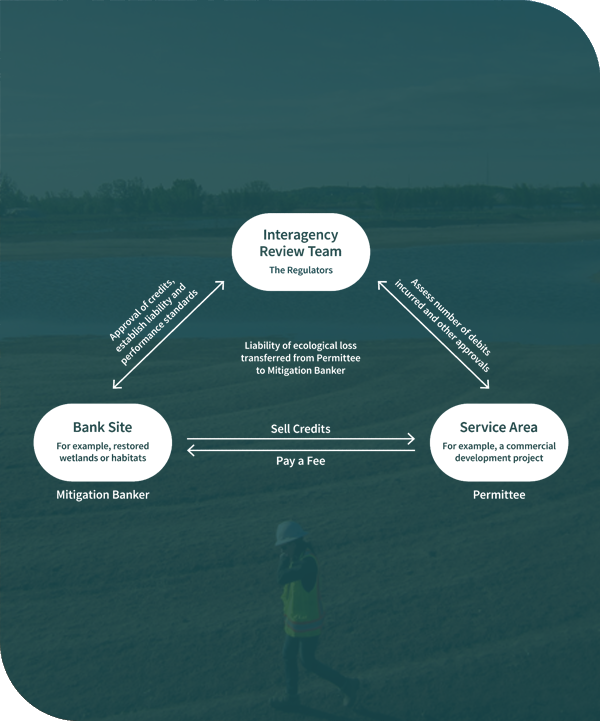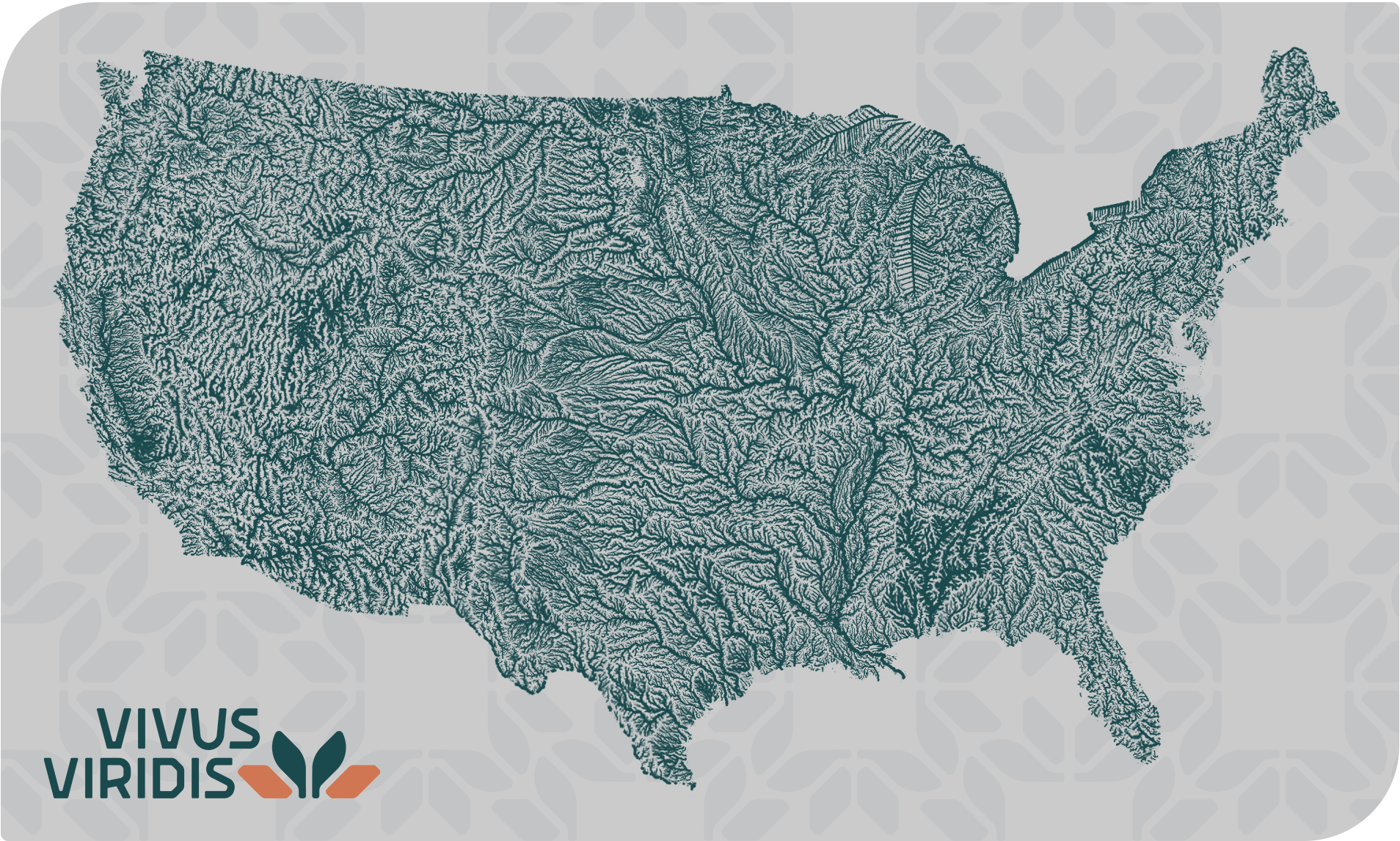
Landowners are pivotal to mitigation banking and stream restoration
As a landowner, you own more than just property; you're a caretaker of a living ecosystem with the power to shape its future.
It's understandable if terms like "mitigation banking" and "stream restoration" seem complex or unfamiliar. Mitigation banking and environmental restoration is an incredible way to enhance your property's value, optimize your agricultural operations, and contribute positively to natural resource conservation—all while unlocking financial benefits. It's not often that life affords us win-win-win situations, but this is one of them!
So what is mitigation banking?
Perhaps you've come across carbon offsetting, where hefty industries and corporations take part in programs that aim to counterbalance their contribution to carbon pollution. Mitigation banking is like the older sibling to carbon offsetting, just with a focus on streams and wetlands, species and nutrients.
Stemming from initiatives like the 1972 Clean Water Act and refined through decades of policy development, mitigation banking in the United States is a solution that invites private investment into ecological restoration—benefiting both nature and investors.


Financial benefits through ecosystem restoration: A triple win for you, the environment, and us
Embarking on a journey of environmental restoration isn't just an act of stewardship; it's also a strategic investment into the future value of your property, and one that has immediate financial benefits. So what does this mean, practically?

The United States Geological Survey has drawn maps that show the natural boundaries of watersheds across the country. If there is an industry or a developer that is impacting a water system in a particular watershed, they have to buy compensatory credits to offset their impact. That means, in turn, that there needs to be enough credits available for them to purchase, and that's where you come in. If you have a stream on your property that needs restoration, you can be paid to have that restoration done. That piece of your property becomes designated as a conservation easement, and you retain full ownership. We undertake the actual stream and environmental restoration, and as a designated mitigation bank, make the credits available to the Army Corp of Engineers for resale.
What is a landowner’s responsibility?
You might wonder if landowners have to do the actual stream and wetland restoration work. Fortunately, no! Restoring a natural ecosystem is a lot of work that requires geologists, environmental biologists, project managers, and contractors that know how to restore a particular ecosystem to its former glory. That’s where our team comes in; we do the work! You’re just allowing us to restore a designated piece of your property, for which you’ll be compensated.

Step 1Preliminary Site Assessment
We take a look at your property to determine what’s needed. You’re welcome to join us, and we won’t come onto your land without your consent.Step 2Potential Project Layout
We’ll meet with you to customize the project so it includes your current and future land usage.Step 3Partnership Agreement
This is where the agreement becomes formalized. Our goal is to present multiple partnership and payment options to you so that together we can shape a plan that best fits your needs.Step 4Project Approval
We take care of all the state and federal permitting requirements and project design processes. Once the project is fully approved, we implement your chosen financial plan so you can be paid, and record the conservation easement.Step 5Project Implementation
This is one of the most exciting steps! This is where you see the improvements to the land begin to take hold, from saplings taking root to various species flourishing. We manage this process from beginning to end, monitoring and maintaining the project to ensure its success. Our goal is to build something you’ll be proud to show off.
What are the benefits to restoring my land?
First off, restoring your land creates a nature-friendly shield against floods. By doing so, the restored land acts like a natural sponge that soaks up flood water when things get wet and wild. Restoration efforts can actually reduce flooding by providing water storage during flood events. These efforts generally improve habitat for fish, amphibians, and other wildlife throughout the project area. This, in turn, affects the landowner because it reduces the loss of usable land while improving water quality. Recreational opportunities are also restored, including hunting, fishing, hiking, and wildlife observation.

How do I qualify my land ?
FAQs – Unraveling common queries
- Streams that have been changed in any way during the land's usage and need to be restored to their natural shape and function.
- Wet pastures or drained/crowned fields.
- Places where there was a wetland that was drained and where the vegetation around that wetland was removed.
- Property located near natural habitats, like state forests and wildlife refuges.
- Property that drains to a water supply watershed.
- Land that lies next to water-quality impaired streams, like impaired streams on a state’s Clean Water Act, Section 303 (d).





